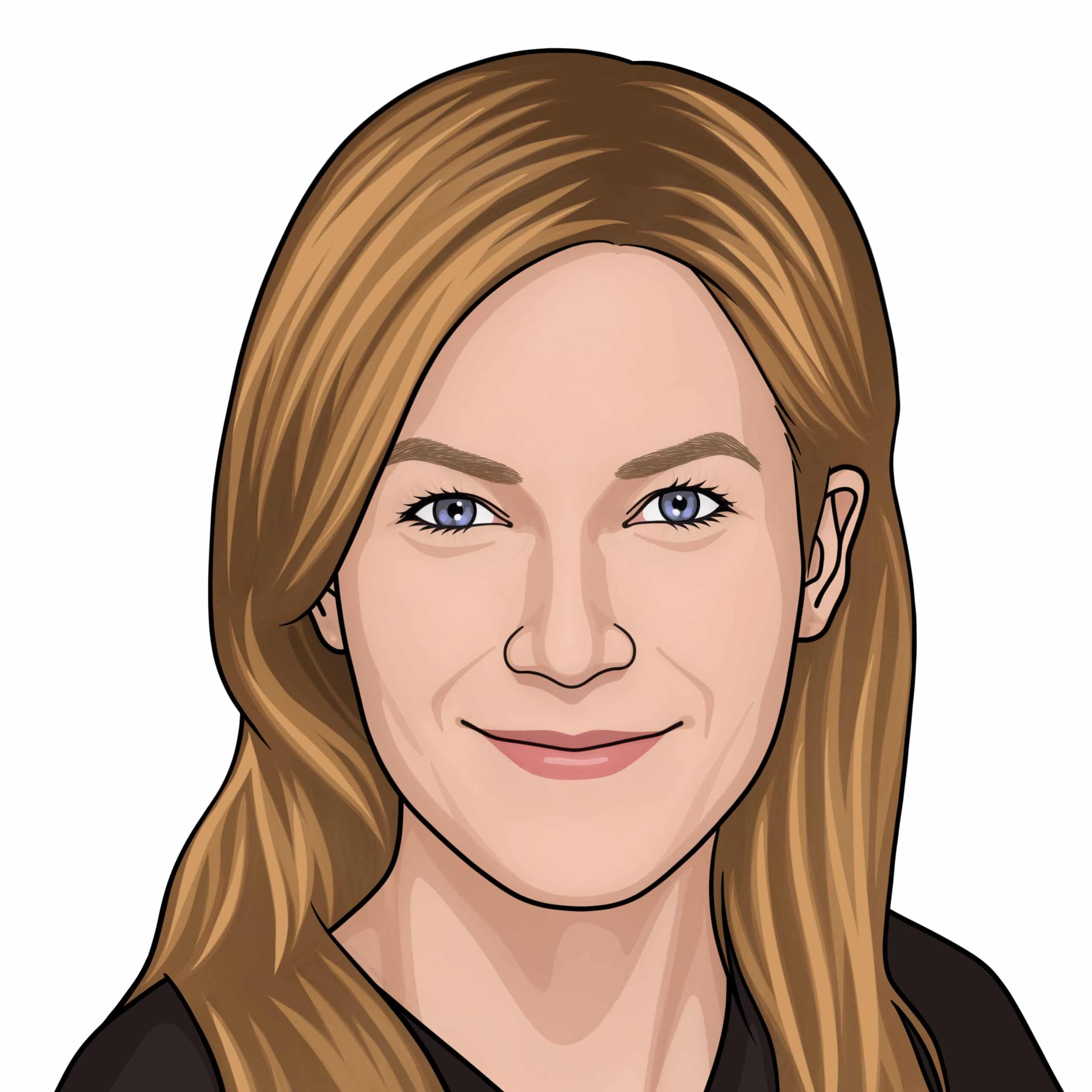Maker-Taker Volume Will Account for 20% of Total Volume by 2010, Says TABB Group; Consolidation Inevitable if New Exchanges Are Launched
According to the first research study in an ongoing series on US options market structure published today by TABB Group, “US Options Market Structure: The Shifting Exchange Landscape,” US options exchanges are mired in a battle for liquidity, using constantly fluctuating trading rules, market models and fee initiatives to attract critical order flow from market makers, sell-side trading desks and buy-side traders. Trading under the specter of an uncertain regulatory environment, option market participants are dealing with trends including increased internalization, penny pricing and too many existing and planned exchanges, resulting in an increasingly fragmented marketplace.
“While technology can help address the operational challenges associated with dispersed liquidity,” writes Andy Nybo, a principal at TABB, head of derivatives and author of the study, “losing access to order flow due to internalization practices is a larger challenge with no easy solutions and much depends on future regulations and how aggressive the SEC addresses emerging issues.”
“The uncertain regulatory environment is the biggest challenge facing options exchanges and market makers,” says Nybo. But it isn’t adapting to new regulation that causes the only concern, he adds, “There is a fear that a populist legislative or regulatory official could render the option market-maker business model obsolete with the stroke of a pen.”
Consolidation among exchanges is inevitable, he says, especially as new exchanges enter the options market over the next several years. Plans to launch three new exchanges have been floated in recent months, including an all-electronic exchange from the Chicago Board Options Exchange (CBOE) dubbed C2; a new option exchange from BATS; and an as yet unnamed venture from Miami International Holdings. Although the right number of exchanges is subject to a broad range of factors, dependent on the value provided by a particular venue, the optimal number of exchanges will vary over time. He adds, though, that, “TABB Group believes the option market will support three competing venues using a specific market model.”
A number of exchanges are experimenting with a price-time priority maker-taker model seeing considerable success in the equity market. The options exchanges embracing this model – Boston Options Exchange, NASDAQ Options Market and NYSE Arca – use a price-time priority structure, coupled with a maker-taker pricing schema that rewards liquidity providers with rebates. Currently, option volume being matched at a maker-taker venue is 12% of total trading volume, but TABB expects the share to rise to over 20% by 2010. The maker-taker model attracts the growing breed of proprietary trading firms using high-frequency strategies leveraging their technological capabilities.
Nybo also points out exchanges need to be cognizant of costs associated with technological evolution because market makers already have too many technical priorities on their long list of to-dos. He says that ripping out systems for replacement is expensive and most efforts by exchanges focus on updating and improving existing technologies to better meet users’ demands. “Improving code to minimize latency, offering new order types to meet specific strategies or simplification of operations through the use of homogenous platforms, these are all dangled as carrots in front of market makers.”
The data and 20 charts for this study are based on nearly 40 in-depth interviews with option market participants, including operators of the seven option exchanges – Boston Options Exchange, Chicago Board Options Exchange (CBOE), International Securities Exchange (ISE), NASDAQ Options Market (NOM), NYSE Amex, NYSE Arca, and NASDAQ OMX PHLX (PHLX); two crossing networks; and 25 option market makers that account for roughly half of total trading volume. Data was supplemented by information collected through conversations and interviews with buy-side firms, institutional broker options trading desks, independent option trading system vendors and multinational exchanges. Topics discussed included the current regulatory environment, relative benefits and disadvantages of pro-rata and price-time priority market models, exchange pricing schema and challenges associated with technology.
The 27-page study is available for download by TABB Group Derivatives Research Alliance clients and pre-qualified media at https://www.tabbgroup.com/Login.aspx. For an executive summary or to purchase the report, please visit http://www.tabbgroup.com or write to info@tabbgroup.com.

